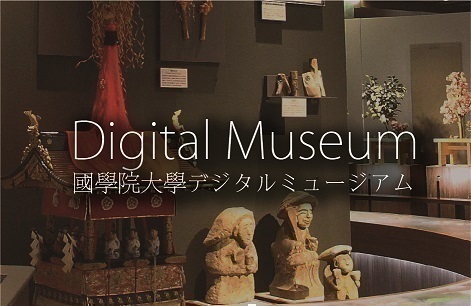- トップ
- Encyclopedia of Shinto
- Tsukimono
Encyclopedia of Shinto
| Main Menu: | |
| Links: |
詳細表示 (Complete Article)
| カテゴリー1: | 6. Belief and Practice |
|---|---|
| カテゴリー2: | Folk Religion |
| Title | Tsukimono |
| Text | A spirit which attaches itself to a human being, usually an evil spirit that causes disasters. The attachment of a tsukimono to a person is a form of possession. However, it is not a spontaneous and intentional possession in which one is in control, as in the case of a spiritual medium. Rather, it is an involuntary and unintentional possession which one cannot control. Tsukimono are conceived of as the spirits of a variety of real and imagined animals, such as a kind of snake called a tōbyō, dogs, and different kinds of foxesdog kami or inugami, and different kinds of foxes including izuna, osagigitsune, ninko, and yako. Possession by a tsukimono occurs in cases where a person is cursed through the spiritual ability power of a medium, or in cases where possession occurs not by the actions of a medium but as the result of some natural cause. It is sometimes thought that when one meets with disease or misfortune, it is the result of an evil curse that causes possession, or it is thought that one is possessed due to some unfavorable action taken toward the tsukimono. In this way, possession by tsukimono is frequently used as an explanatory concept and a cultural device as the cause of disease and misfortune. There are instances in which the target of a tsukimono possession is an individual, and iesuji instances, where it is handed down in a particular family lineage. On the one hand, it is believed that tsukimono can bring about wealth, rank, and prosperity through individual and family prayer; while on the other hand, tsukimono can be directed to possess others and bring about disease, death, and the ruination of a family line. Because tsukimono could be connected to a family line, a deep discrimination developed in the form of avoiding marriage and association with families with a tsukimono lineage, or tsukimono ie. In such cases, tsukimono becomes unrelated to a state of possession and functions as a mark of social discrimination. Such cases can be explained in the following way: social exclusion occurs that gives rise to perceptions of difference and discrimination. Through the eradication of social opposition and anxiety produced by economic differences, it functions as a social control mechanism which maintains the social order.an object for avoidance and exclusion is constructed within the society, bringing about relationships based on perceptions of difference and discrimination, thus functioning as a social control mechanism which maintains the social order through the eradication of social opposition and tensions produced by economic differences. Tsukimono originates in beliefs in possession by spirits. In the Nara period, magic called kodoku was used for curses, invoking the spirit of the last remaining creature among poisonous insects, snakes, foxes, etc., which were placed together in a pot. In the Heian period, esoteric priests of the Shingon and Tendai Buddhist sects conducted utilized gofu in conducting protective incantations and prayers in order to remove vengeful ghosts (mononoke) and other spirits that produced calamities and accidents. Further, there were invocations to benevolent spirits in which divination Onmyōdō masters used shikigami in similar kinds of rituals and curses. These are also among the origins of tsukimono practices. — Kawamura Kunimitsu |




